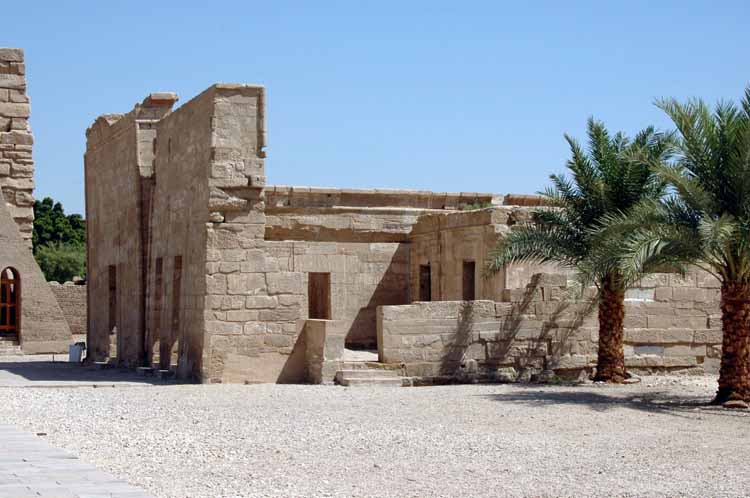معبد حتحور دندرة تقع دندرة على الضفة الغربية لنهر النيل على بعد حوالي 5 كم إلى الشمال الغربي من مدينة قنا . عرفت في النصوص المصرية القديمة باسم (تا نثرت) اى ارض الإلهة إشارة إلى الإلهة حتحور ربة المعبد ,ثم أصبحت في اليونانية (تنتريس) وفى العربية أصبحت (دندرة ). كانت دندرة عاصمة الإقليم السادس من أقاليم مصر العليا . تضم منطقة دندرة المعبد الرئيسي الذي كرس للربة حتحور ومعها زوجها حور بحدتي (حورس الكبير ) وابنهما حور ايحى (حورس الصغير ). ثم هناك السور المشيد من الطوب اللبن و ومعبدين للولادة الإلهية ( ماميزى ) الأول بني في عهد الملك (نختنبو الأول) من ملوك الأسرة 30 الفرعونية , والثاني شيد في عهد الإمبراطور أغسطس . هذا بالإضافة إلى منشأة تحولت إلى كنيسة . وتعد هذه الكنيسة الأقدم في مصر فترجع إلى القرن الرابع الميلادي . وضمت منطقة دندرة الأثرية البحيرة المقدسة التي كانت خاصة للملكة كليوباترا السابعة . أما المعبد الرئيسي فهو آية في العمارة ومثالا رائعا وفريدا في الفنون وكتابا شاملا للفكر الديني المصري . هذا بالإضافة إلى انه من أحسن المعابد المصرية حفظا . ويعرف


تعليقات
إرسال تعليق